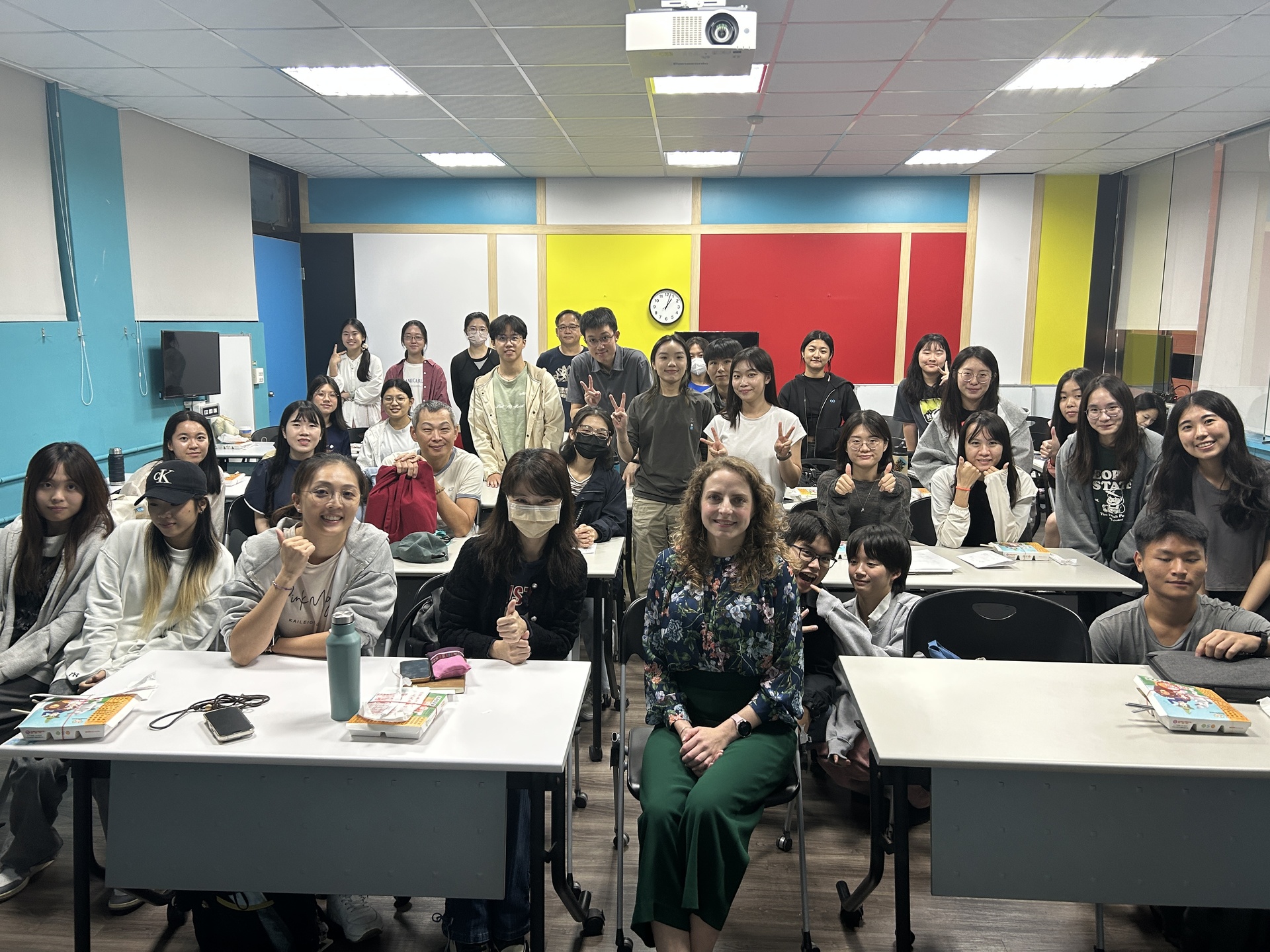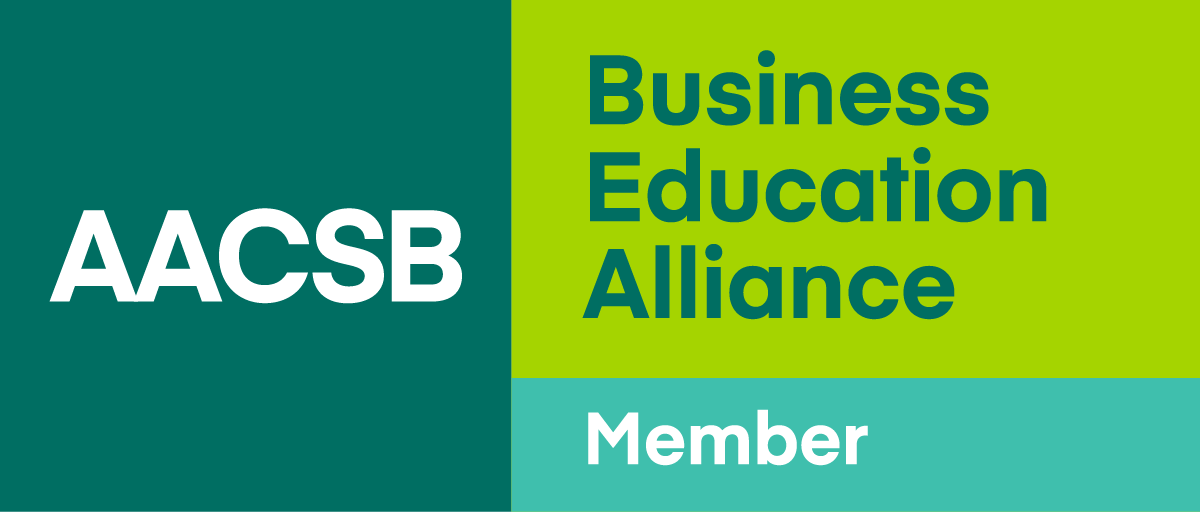[English Corner] IBMBA Alumna Svetlana Boldina on Cross-Cultural Workplace Communication: Cultural Maps, Practical Strategies, and Global Collaboration Insights


The International Relations and Accreditation Office at the College of Management hosted an English Corner session on November 13, inviting IBMBA alumna Svetlana Boldina to share her insights on cross-cultural workplace communication. Originally from Russia and having lived in Taiwan for 13 years, Svetlana has extensive experience in market and sales development and international collaboration. Her talk centered on Erin Meyer’s renowned framework, *The Culture Map*, offering students a structured understanding of cultural differences in professional communication. The session was opened by Director Timo Eccarius, who encouraged students to make full use of the College’s resources to strengthen their English proficiency and build meaningful connections with alumni.
【Understanding Cultural Differences: The Eight Dimensions】
Svetlana introduced the eight key dimensions of The Culture Map: Communicating, Evaluating, Persuading, Leading, Deciding, Trusting, Disagreeing, and Scheduling. She explained how different countries interpret these dimensions uniquely, for example, low-context cultures favor direct communication, while high-context cultures rely more on implicit cues. Without recognizing these differences, misunderstandings in cross-cultural collaboration can easily occur.
【Practical Comparison: Workplace Mindsets in Taiwan and Russia】
During the interactive activity, students mapped Taiwan’s cultural tendencies across the eight dimensions and compared them with those of Russia. Svetlana used workplace reporting as an example: Russian colleagues often prioritize “Why” the logic behind an action while Taiwanese colleagues tend to focus on “How,” emphasizing processes and execution. She highlighted that adjusting narrative style based on cultural expectations is essential in international teamwork.
【Scenario Discussions: Navigating Direct and Indirect Communication】
Svetlana further explored Direct versus Indirect Feedback cultures. When someone from a direct communication culture asks, “Do you agree?”, they typically expect an honest response. In contrast, people from indirect cultures may provide a more reserved or nuanced reply. Understanding these cues is crucial for improving communication effectiveness.
【Conclusion: Building Global Communication Competence】
By combining practical scenarios with theoretical frameworks, the session offered students a clear roadmap for navigating cultural differences. Svetlana emphasized that in today’s global workplace, the ability to understand and adapt to diverse communication styles is a vital professional skill. Mastering cultural awareness and adjusting strategies accordingly will help emerging professionals thrive in international environments.
Please refer to the English Corner activity schedule for this semester:
(Written by Master of Business Administration Hsin-Ni Chang, Department of Financial Management Yu-Shan Huang / Edited by College of Management Media Team)




